The first rider was mounted on a horse, one side of which was the colour of jet and the other the colour of snow. His name was Polar Night and he rode in the lead as he led the others.
For 15 whole weeks the sun did not set. The star kept turning, from east to west, from right to left. It swayed, low on the horizon, in an azure sky with only occasional clouds. And the humans had to trust their watches and clocks to realise that the time of rest was coming. And they had to shut their shutters to get some sleep.
The tilt lasted 7 weeks during which the night appeared, progressed rapidly before a time of uncertainty when day and night seemed to confront each other and one could believe, if one was foolish enough, that this rhythm could perhaps last. But imperceptibly the darkness would prevail and suddenly the days would again begin to shorten in leaps and bounds before disappearing completely.
And for 15 full weeks, night reigned. The starry sky filled the whole space, spinning around. It was the time of the Southern Lights and Sirius, of the Southern Cross and Canopus. And humans had to make do with artificial lights, light therapy devices and hope in the return of the sun.
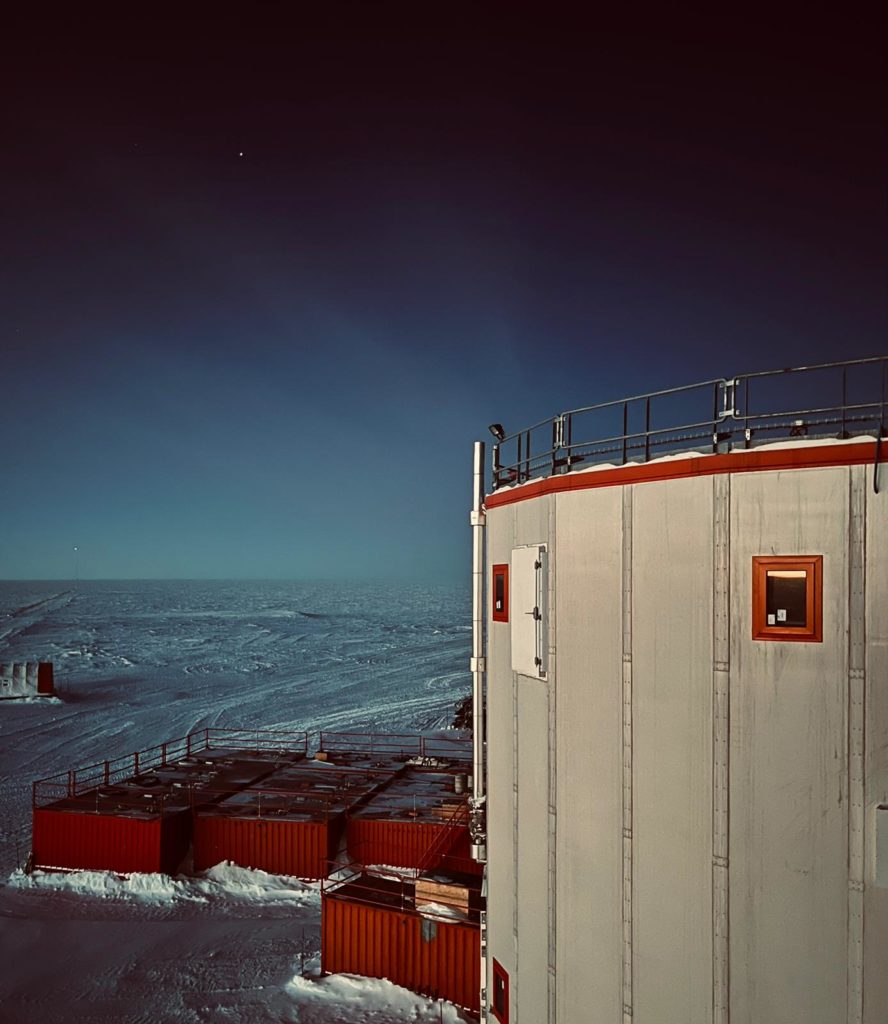
The second rider was the son of the first and walked just behind. He was riding a pale blue horse and his name was Freezing cold. The sun was low on the horizon for half the year and absent the rest of the time, allowing him to flourish.
The average temperature was -51°C. Even in the summer, it rarely got above -25°C. And during the polar night, oh, during the polar night, the cold attacked to the core and without mercy. 60°C or 70°C below zero was the norm. 80°C on some days. Even though the wind was rarely violent in these places, the felt temperatures were often -90°C or -100°C.
Humans had no choice but to stay indoors for most of the day. When they had to go out, especially in winter, they could only do so wearing a caparison, as the smallest piece of skin exposed to the elements would freeze in a few moments. Hands protected in thick mittens with heaters were rendered almost helpless. They could only get out, even when wrapped in protective undergloves, for a few dozen seconds.
And if, in the summer, it was possible to move around in ski-doos and handling was made easier by the machines that humans had invented, the same was not true in winter. Above -50°C, even the « Special Antarctic Blend » fuel oil became pasty. Plastics were brittle and unusable. The only vehicle capable of going outside, and even then only if it was parked in a warm place and never stopped outside, was the ancient « clack-clack » made entirely of metal.
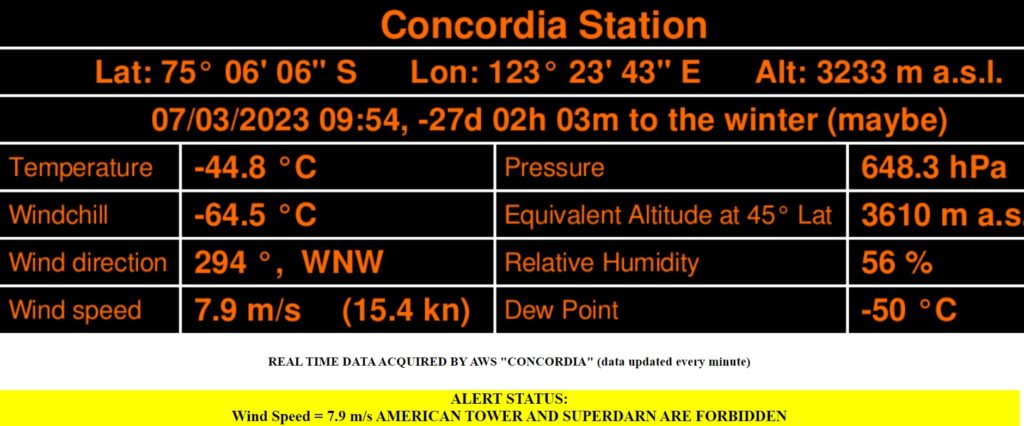
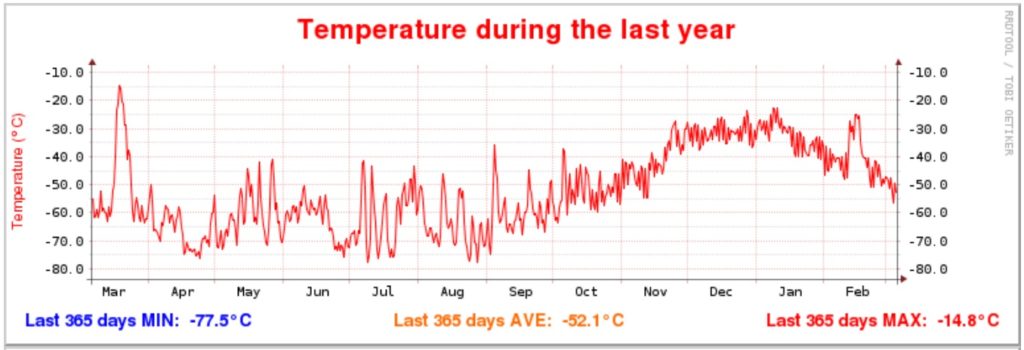
The third and fourth riders followed in the footsteps of the second. The third rider was mounted on a sand-coloured horse and his name was Dryness because in this icy air there was hardly any water in liquid or gaseous form.
The relative humidity of the air outside, around 60%, was deceptive because this cold air could contain little vapour anyway. Inside the base, in this same heated air, it was no more than 10%.
The humans were pleased with the speed with which their clothes were drying. But they could see their skin cracking, their lips cracking, their noses crusting. And they had to resort to greasy creams, balms and humidifiers which, even if they released more than half a litre of water per night in a room, were not enough.
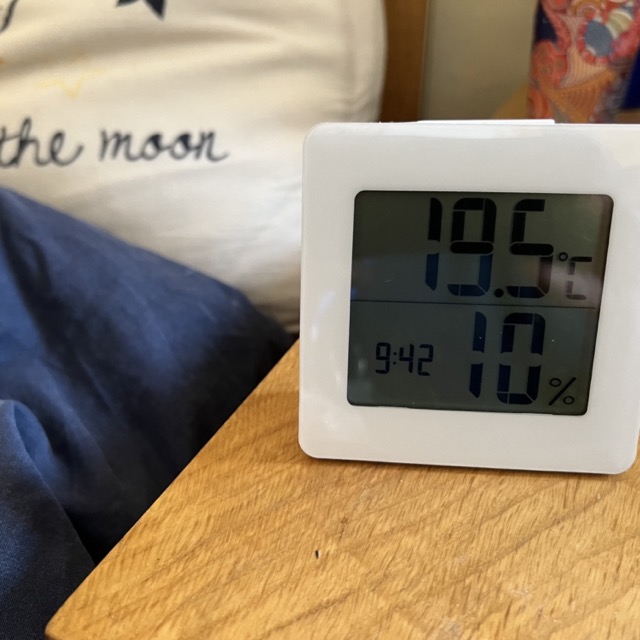
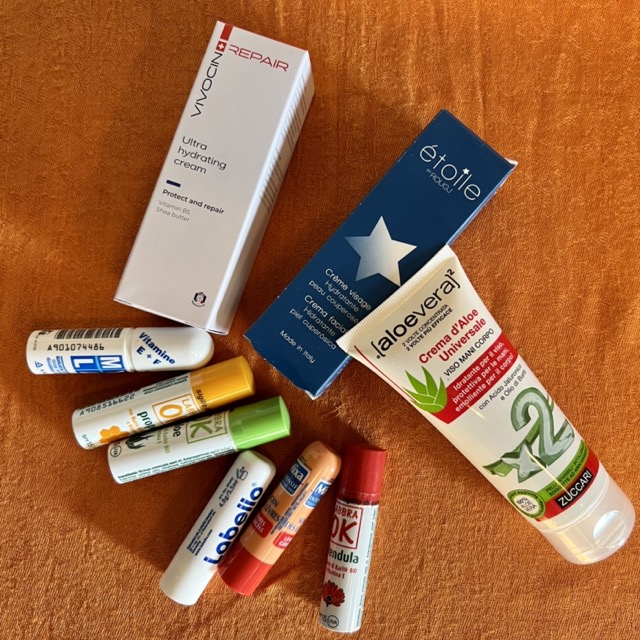
The fourth rider was the younger brother of the previous one. He was riding a lively and nervous stallion and his name was Static electricity. For the metal structure had no connection to the ground, which was absent. The ice crystals constantly rubbing against it pulled electrons from it and the insulation transformer that had been installed could not do everything.
Moreover, such dry air had strange insulating properties and the electrons, deprived of the possibility to circulate freely, accumulated rapidly in the bodies waiting to be released in a bluish arc. This put men to the test as the slightest handshake could result in a whiplash. One had to invent stratagems to regularly let out one’s overflow of electrons, giving rise to strange rituals: looking for the nearest metal element (fortunately, there were some everywhere), mechanically rubbing one’s elbows (the least sensitive part of the body) on the aluminium strips lining the corners of furniture, using a piece of metal as a lightning rod to increase the surface area of the skin concerned…
Even more than the humans, their machines were put to the test. One careless mistake, one bluish flash, and a device could break down. Definitely. Sometimes strange things happened: leaning against the desk could trigger the ringing of the telephone at the other end! Electronics’ life was pretty cheap in this environment.
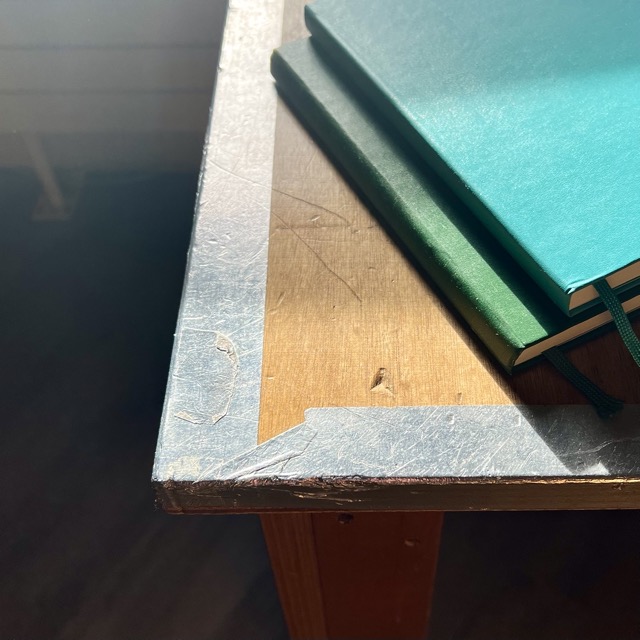
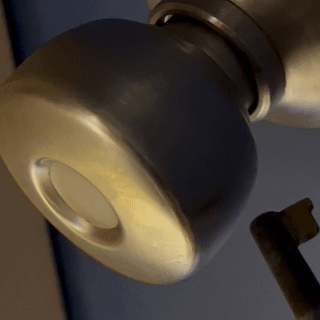
The fifth and last rider was walking a bit apart from the others. His horse was diaphanous, almost transparent and his name was Hypoxia. And against him, there were not many ways to defend oneself.
He was not, however, a complete stranger to the first four, for even though the bedrock here was below sea level, the cold had allowed the ice to accumulate, millennium after millennium, to a phenomenal thickness of more than 3 kilometres. This altitude of 3,200 metres, together with the thinner atmosphere of the Earth’s poles, resulted in an atmospheric pressure of no more than 660 hPa, sometimes dropping to 625 hPa. This is equivalent to an altitude of 3,500 to 3,800 m in Europe.
The proportion of O2 in the air always remained the same, so the oxygen pressure was reduced by more than a third.
And humans were losing their breath.
The first few days were the worst: headaches, sleepless nights, fatigue…
Gradually the adaptation took place, the heart and breathing quickened, the haemoglobin levels reached unusual values and the haemoglobin released its oxygen more easily. But even then, the resting oxygen saturation, usually 98 or 99% in good condition, was only 93 or 94%. And it quickly dropped below 90% for modest efforts. Even then, the breath was short after climbing the two floors of the towers. Even then, talking continuously required catching your breath much more often than usual. Even then, lying in bed, you could feel your chest heaving for air at times. Even then, sleep was often short of rest (1).
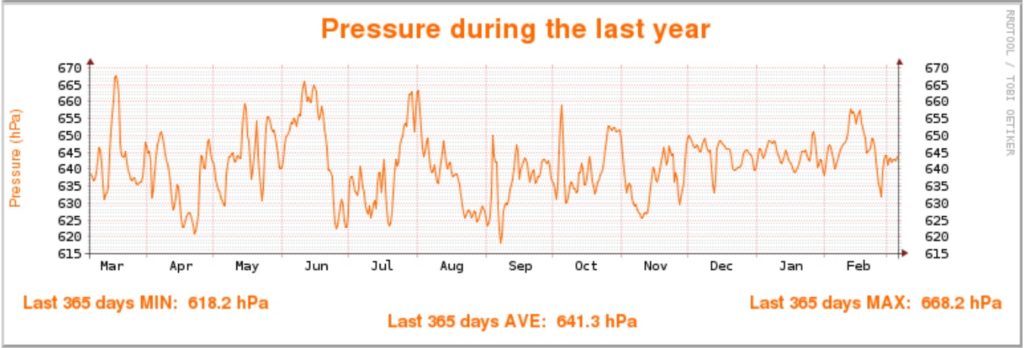
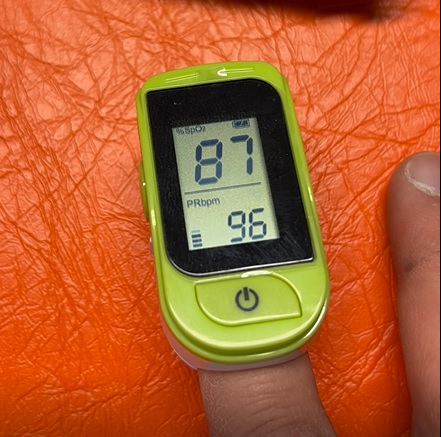
And I saw these five horsemen advance on the white expanse.
And power was given to them over this part of the world, to torment Men by night, by cold, by drought, by lightning and by breath.
For this was not a land kind to humans.
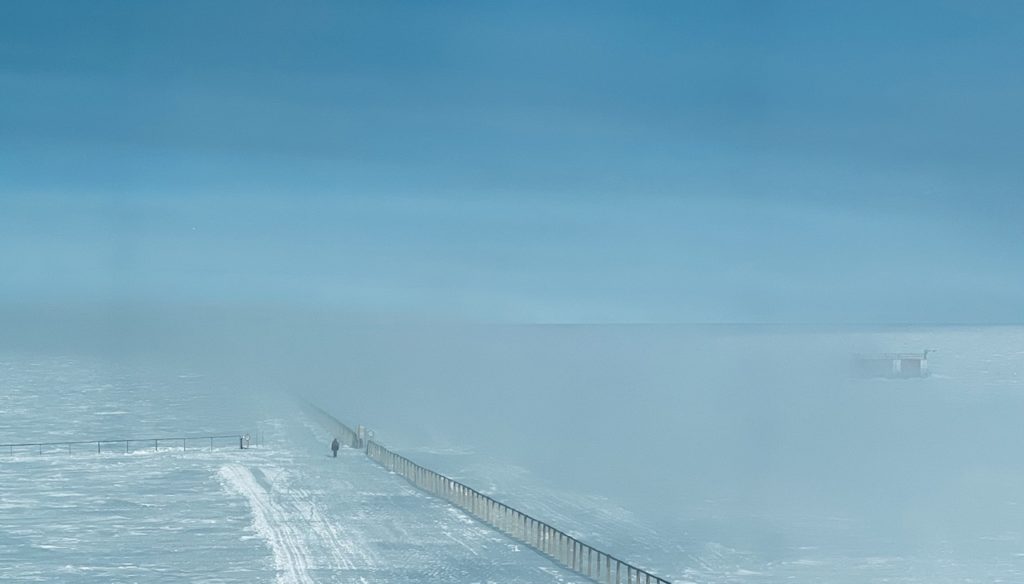
(1) Sleep at high altitude is generally marked by an increase in sleep apnea. These do not respond to the same mechanism as the "classic" obstructive sleep apneas. What triggers the breathing reflex is not only the level of oxygen in the blood but also, and very importantly, the level of carbon dioxide (CO2). We are not only hypoxic (low blood oxygen) but also hypocapnic (low CO2), particularly because of our hyperventilation. Faced with all this, the brain centres that control breathing are a bit lost and can start to do anything, for example alternating hyperventilation and apnoea, thus creating a rather harmful "periodic breathing"…